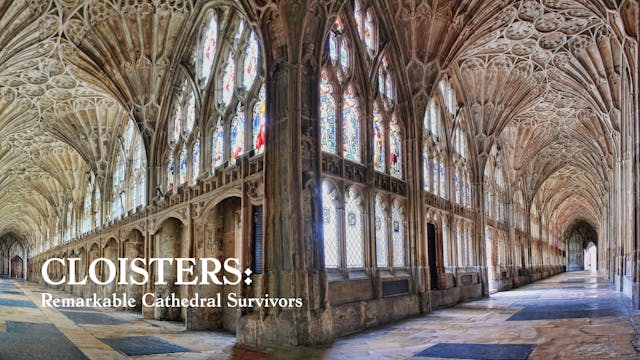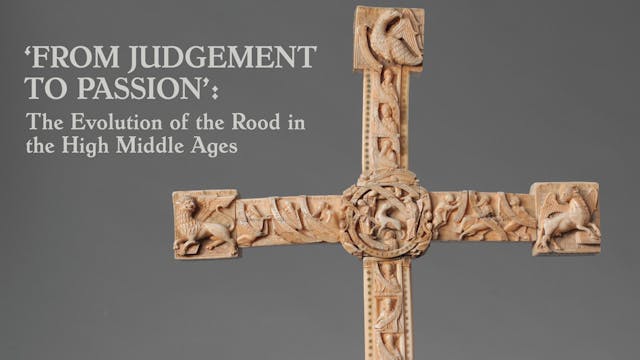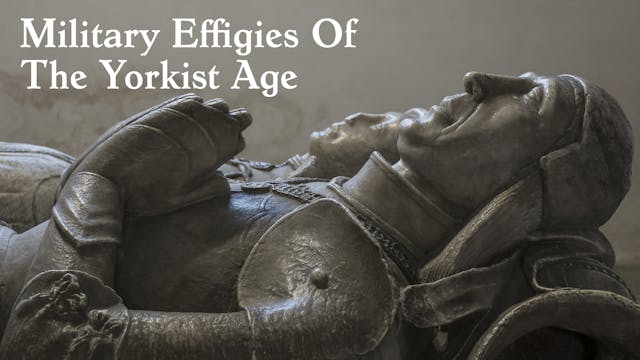Defender Of The Faith?: Henry VIII And The Parish Church
The Middle Ages
•
1h 11m
What we often refer to as the Reformation actually began far before Henry VIII came into the picture. In 1517, German theologian Martin Luther compiled his Ninety-Five Theses and embarked on a dramatic overhaul of the Catholic Church. But what happened on this side of the Continent? We know that King Henry VIII “broke with Rome”, but do we really understand why? What did Anne Boleyn have to do with it—and, most importantly, how did this all impact religion in England’s 8,000 or so parishes? Was this just a great schism or did Henry’s changes produce ripples of varying depths across the realm? Did devotion simply turn into “Catholicism without the Pope” or was there a far more significant transformation for worshippers?
In this talk, we will examine just how England was “reformed” by a consideration of various regions in England and how their parishes reacted, and the buildings were impacted, by the changes from above. Were England’s parish churches pawns in this great reformation of the Catholic Church—or was that in fact Henry’s role?
This talk is given by Dr Emma J. Wells. Dr Emma is an Ecclesiastical and Architectural Historian specialising in the late medieval and reformation parish church/cathedral, the senses, pilgrimage, saints as well as built heritage more generally. She is the Programme Director of the PGDip in Parish Church Studies in partnership with the CCT at the University of York. Her book, Heaven On Earth: The Lives & Legacies of the World’s Greatest Cathedrals, is to be published by Head of Zeus in Autumn 2021.
Up Next in The Middle Ages
-
Cloisters: Remarkable Cathedral Survi...
Medieval cloisters, originally spaces linking monastic buildings, are miraculous survivors of Henry VIII’s Dissolution of the Monasteries. English cathedral communities recognised the practicalities of cloisters and experimented with cutting-edge architecture to build, improve and embellish them....
-
'From Judgement to Passion': The Evol...
The focal image in almost every late medieval English church would have been a large crucifixion at the east end of the nave, usually mounted above the chancel arch on a screen or beam. Of the many hundreds of these monumental roods that must once have existed, only a handful of fragments remain....
-
Military Effigies Of The Yorkist Age
This talk will explore knightly effigies carved between 1461-1485, together with an historical background for the use of alabaster, which the large majority are made from. The mid-late fifteenth century is the zenith for the use of plate armour and this talk will explore this fascinating period f...



